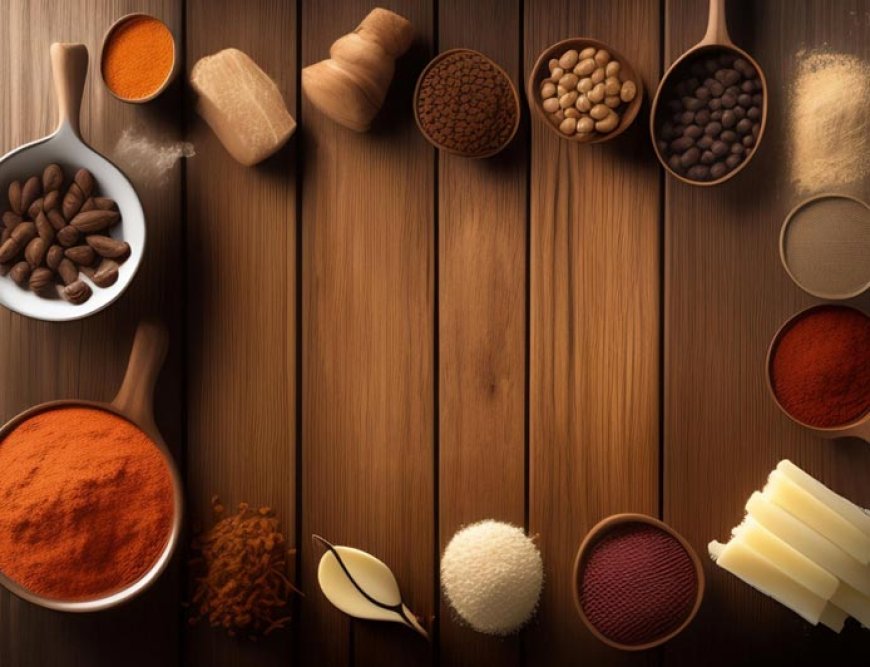Understanding the Ayurvedic and Ayurvedicceutical Manufacturing Process
Dive into the intricate and fascinating process of Ayurvedic and Ayurvedicceutical manufacturing, from sourcing the highest quality natural ingredients to ensuring the final products meet rigorous quality standards.

The manufacturing process of Ayurvedic and Ayurvedicceutical products is a harmonious blend of traditional wisdom and modern scientific methodologies. This process involves meticulous selection and preparation of herbs, rigorous quality control, and adherence to ancient Ayurvedic principles, ensuring the creation of natural, effective, and high-quality products. This article provides an overview of the Ayurvedic and Ayurvedicceutical manufacturing process.
Sourcing of Raw Materials
The first step in the Ayurvedic manufacturing process involves sourcing the highest quality raw materials. These materials predominantly include a diverse range of herbs, minerals, and sometimes animal products, depending on the specific formulation. Ideally, these ingredients are wild-harvested or cultivated using organic farming practices to ensure purity and potency.
Preparation of Ingredients
Once the raw materials are sourced, they undergo a thorough cleaning process to remove any impurities. Following this, the herbs are dried under controlled conditions to preserve their medicinal properties. The dried herbs are then processed further, either by grinding them into a fine powder or extracting their active components using various solvents.
Formulation
The next stage involves formulating the Ayurvedic medicines based on ancient scripts or modern research. The ingredients are combined in precise proportions, as dictated by the Ayurvedic texts or research findings. The formulations can take several forms, including tablets, capsules, powders, oils, or decoctions, depending on the intended use of the product.
Processing
The formulated products then undergo further processing. In the case of tablets or capsules, the powders are compressed or encapsulated using specialized machinery. Oils and decoctions are prepared by boiling the herbs in a suitable medium until the desired concentration is achieved.
Quality Control
Quality control is a vital part of the Ayurvedic manufacturing process. Each batch of product undergoes rigorous testing to ensure it meets the highest quality standards. This includes testing for potency, purity, and safety. The products are tested for microbial contamination, heavy metals, and pesticide residues, ensuring they are safe for consumption.
Packaging and Labeling
Once the products pass quality control, they are packaged and labeled. The packaging is designed to protect the product from damage and contamination, while the labels provide essential information such as the ingredients, usage instructions, and expiry date.
Regulatory Compliance
Ayurvedic and Ayurvedicceutical manufacturers must comply with various regulations to ensure the safety and efficacy of their products. In India, for example, manufacturers must comply with the guidelines provided by the Ayurvedic, Siddha, and Unani Drugs Technical Advisory Board (ASUDTAB) and the Ministry of AYUSH. Internationally, manufacturers may also need to adhere to guidelines set by organizations such as the Food and Drug Administration (FDA) in the US.
The Ayurvedic and Ayurvedicceutical manufacturing process is a unique blend of traditional wisdom and modern technology. Through careful sourcing of raw materials, meticulous preparation and formulation, rigorous quality control, and adherence to regulatory guidelines, manufacturers ensure the creation of safe, effective, and high-quality products. Understanding this process provides valuable insight into the dedication and expertise that goes into every Ayurvedic product, reinforcing the trust and confidence consumers place in this ancient system of medicine.

 vasundhara
vasundhara 





